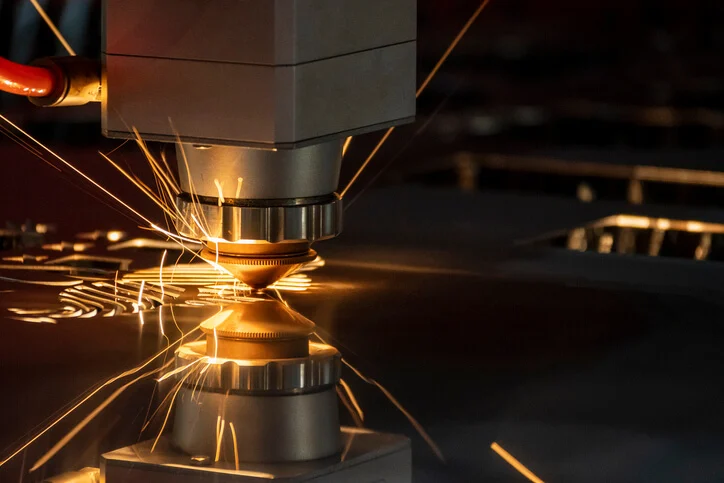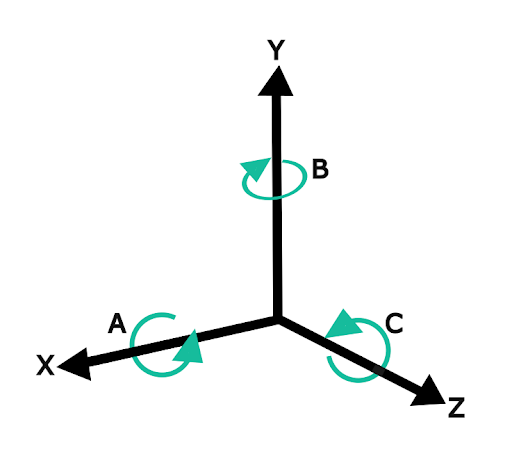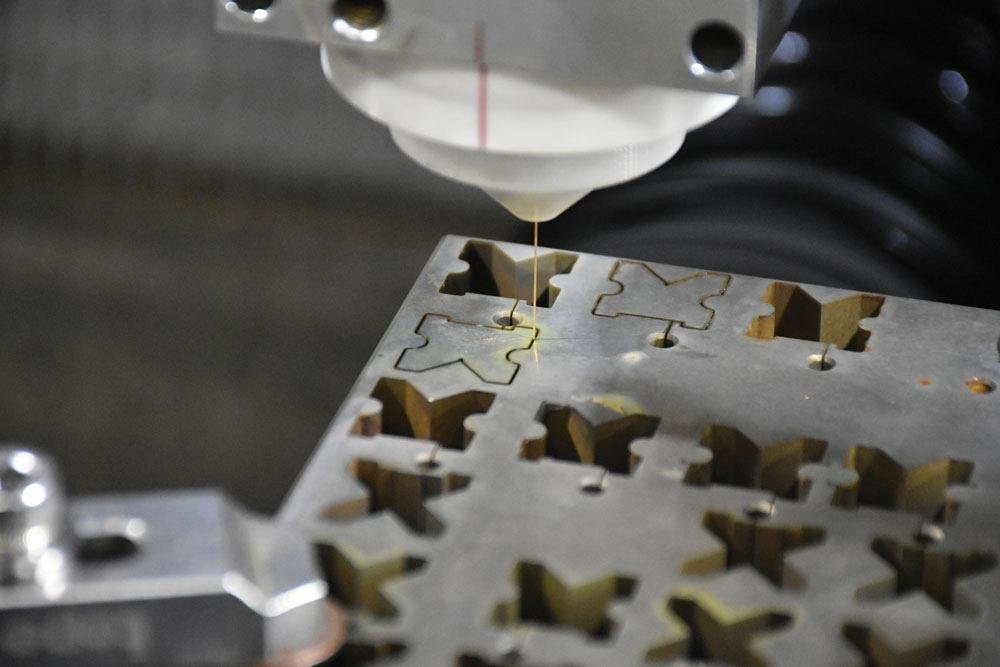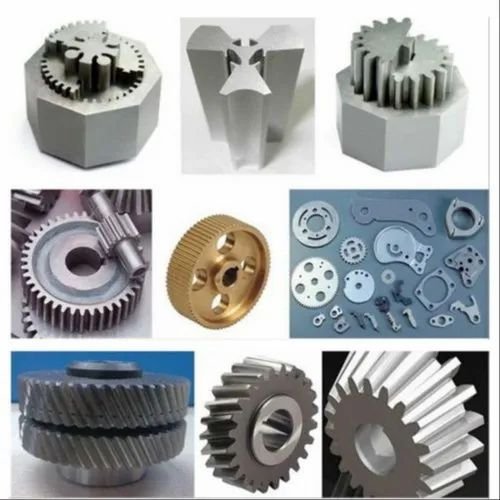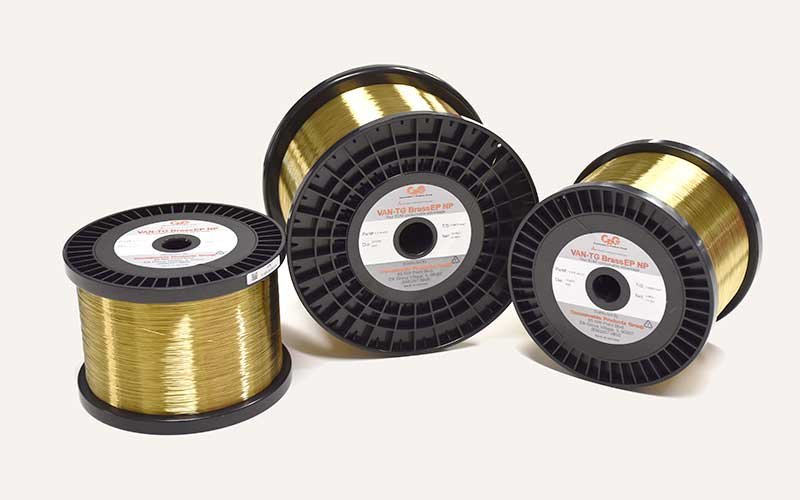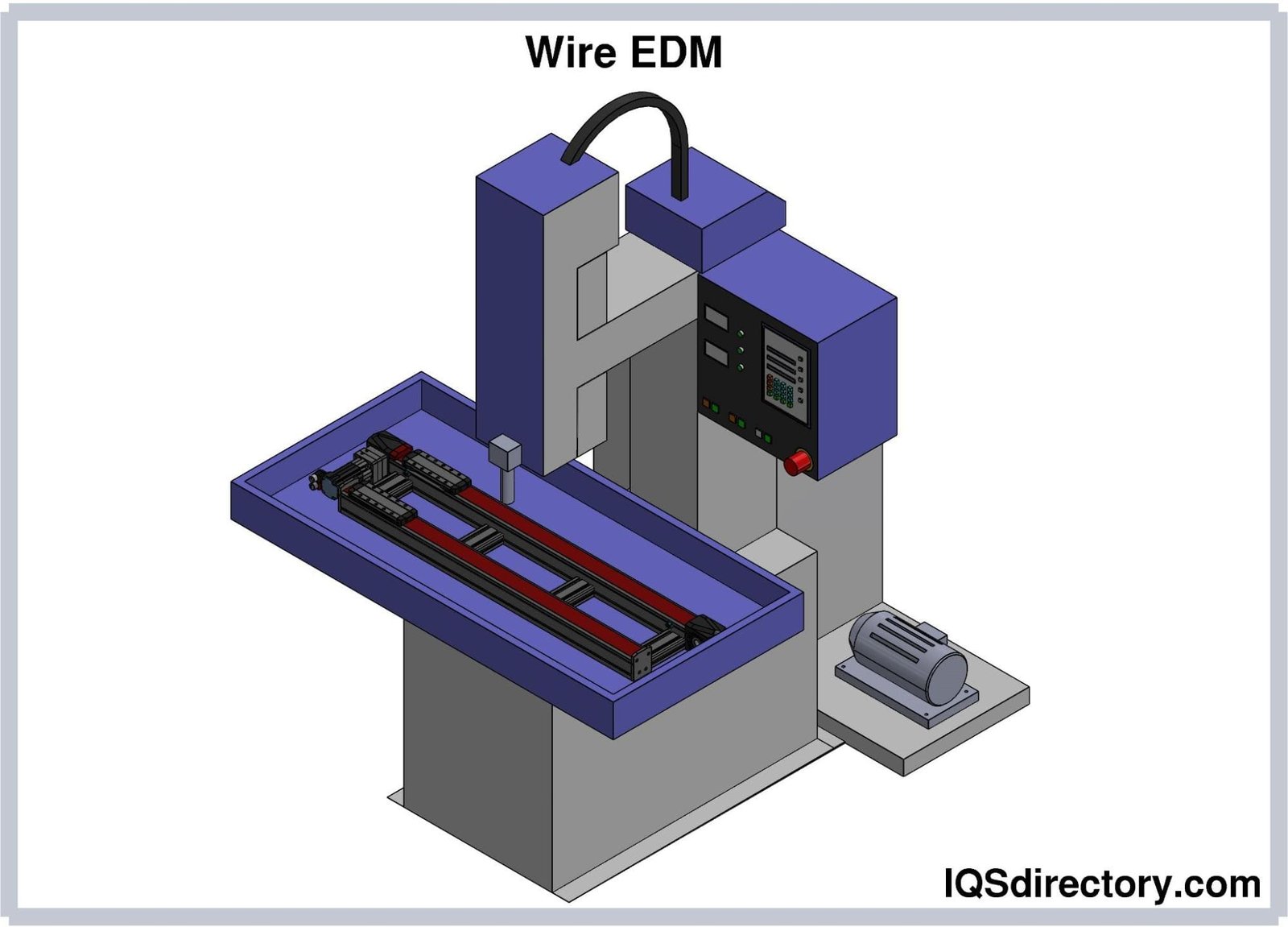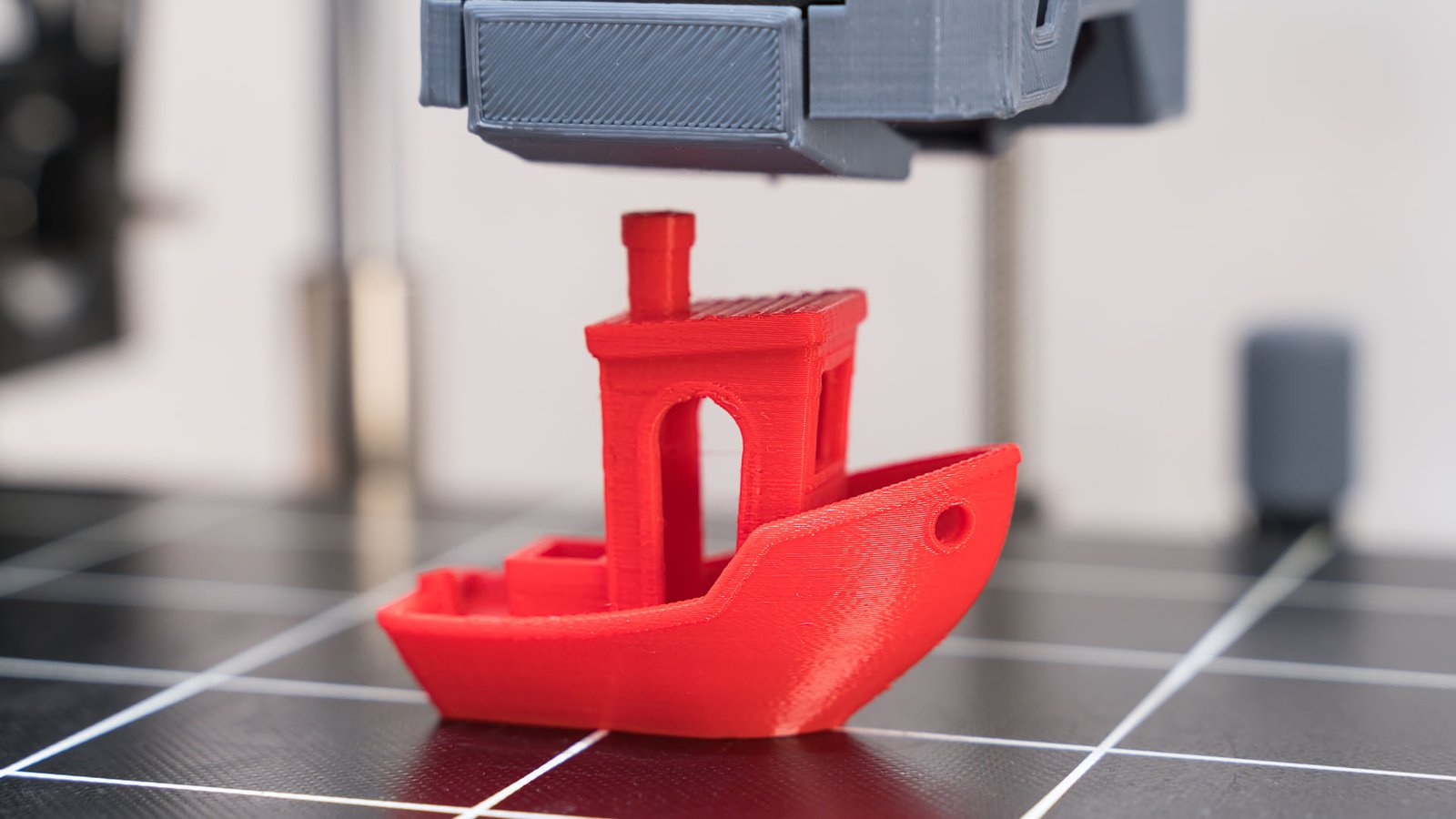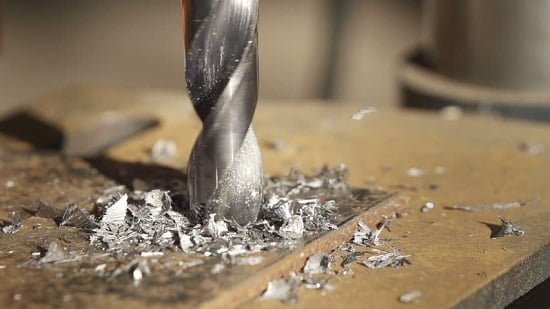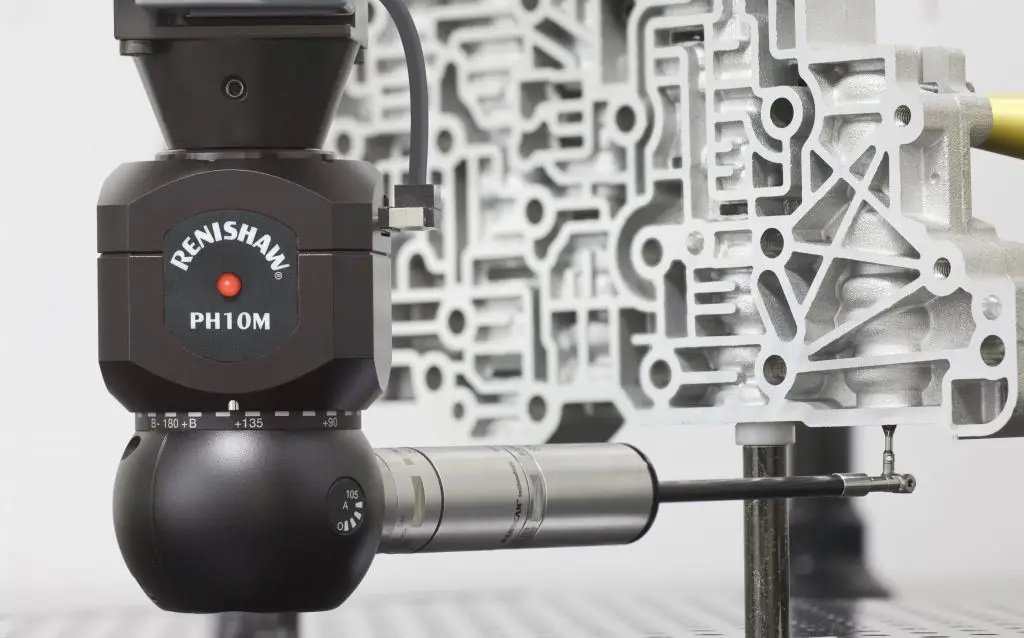what is CNC Laser?
The term “LASER” is derived from the phrase “Light Amplification by Stimulated Emission of Radiation.” Since its emergence in the 1960s, lasers have always been associated with efficiency and quality in the fields of manufacturing and production.
Lasers generally offer a new form of high-density energy to researchers, enabling their use in various applications in manufacturing, medicine, and communications. They can generate heat, melt, and even vaporize material. Lasers are seen as an ideal tool for channeling energy at high but controllable intensities.
A common use of lasers in industry is for cutting sheet materials of various sizes and thicknesses.
Laser cutting is primarily a thermal process where a focused laser beam is used to melt material at a specific point or confined area. This process also employs a high-pressure gas, coaxial with the laser beam, to eject the molten material from the created groove. Consequently, a continuous cut on a two-dimensional plane is achieved by combining the above process with the movement of the laser or the raw piece using a CNC machine.
Different methods for laser cutting
Fusion Cutting: In Fusion Laser Cutting, an inert gas (usually nitrogen) is used to eject the molten material from the groove. This gas does not react thermally with the molten material, thus not affecting the energy applied for the melting process.
Flame Cutting: In Flame Laser Cutting, oxygen is used as the auxiliary gas to eject the molten material. Besides exerting mechanical force, this gas also creates a thermal reaction with the melting material, thereby increasing the applied thermal energy.
Remote (Vaporization) Cutting: In Vaporization Laser Cutting, the material is partially vaporized by a high-intensity laser beam, allowing thin sheets to be cut without the use of auxiliary gas.
Laser cutting processes are often combined with industrial automation systems, including three-axis CNCs or six-axis robots, for three-dimensional cutting. Optimizations in execution precision, cut-edge quality, and control over applied energy have led to the increasing replacement of laser cutting methods over others, like plasma and oxy-fuel cutting.
Characteristics of Cutting
- Ability to cut manganese-carbon steels up to 20 mm thickness.
- Ability to cut stainless steel up to 12 mm thickness.
- Ability to cut aluminum up to 10 mm thickness.
- Capability to cut brass and titanium.
- Ability to cut thermoplastic materials and wood.
How do Lenses Used in the Laser Cutting Process Affect the Thickness of the Cut?
In a laser cutting process, a critical step involves focusing a laser beam on a small point using optical lenses (sometimes using convex mirrors), to provide the necessary energy density for cutting. Lenses are typically defined by their focal length F, which indicates the distance from the lens to the focus point. Key factors determining the efficiency of the laser cutting process include the diameter of the focal spot (d) and the depth of focus (L). It’s important not to confuse focal length with depth of focus.
The depth of focus is the effective distance over which a satisfactory and expected cut can be achieved. It can also be defined as the maximum size during which the area of the focal spot does not change by more than 50% from its smallest size.
The diameter of the focal spot and depth of focus in a laser device depend on the diameter of the initial laser beam on the lens and the focal length of the lens. For a constant diameter of the initial laser beam, reducing the lens’s focal length leads to a smaller diameter of the focal spot and depth of focus. For a fixed focal length, increasing the diameter of the initial laser beam reduces both the diameter of the focal spot and the depth of focus (cutting depth).
To compare different laser devices with varying initial beams, the focus f-number is used, defined as the focal length F divided by the diameter of the initial laser beam D.
Requirements for an appropriate cut include:
High energy density and consequently a smaller diameter of the focal spot.
Higher depth of focus for cutting thicker materials while considering suitable tolerance for focal length variations.
These two characteristics are inherently in conflict, so a compromise and balance must be reached. Another consideration is that the shorter the focal length of the lens, the shorter the distance between the lenses and the workpiece, which might cause damage to the device or lenses.
Optimizing the focal length for each material type and thickness is possible, but due to the difficulties and complexities involved, it’s not generally recommended to change focusing lenses for each specific material type. Instead, adjustments in cutting speed and other factors are advised.
What Types of Laser Cutting are Used for Sheet Metal?
For sheet metal cutting, the most common technologies used today are CO2 lasers and fiber lasers.
CO2 lasers are generated in a mixed gas primarily consisting of carbon dioxide, helium, and nitrogen. They are pumped by an electrical discharge.
These lasers typically emit at a wavelength of 10.6 micrometers and can produce powers up to several hundred kilowatts.
The energy efficiency of CO2 lasers is around 10%, higher than solid-state lasers like the ND:YAG Laser, but lower than most diode lasers.
CO2 lasers are faster and provide better quality cuts, especially in materials thicker than 5 millimeters.
Historically, automated sheet metal cutting machines (CNC lasers) began with CO2 lasers. These machines are three-dimensional, controlling the laser’s position in the X-Y plane and its height in the Z direction.
There are two methods to achieve relative speed of the laser torch to the workpiece on the X-Y plane: keeping the workpiece stationary and moving the torch, or keeping the laser stationary and moving the workpiece, or a combination of both. However, the most popular method is the former.
Fiber lasers belong to the large family of solid-state lasers, where the laser beam is produced by a solid core. ND:YAG lasers, fiber lasers, and disk lasers are all subtypes of solid-state lasers.
Fiber lasers are generated by a group of laser diodes. The laser beam is then transmitted and simultaneously amplified through an optical fiber.
This amplified beam is consolidated at the fiber’s output and focused on the target material using a lens or a convex mirror to perform the cutting process.
The advantages of fiber lasers include:
Unlike traditional CO2 laser resonators, fiber lasers have no moving parts (like the fans in CO2 lasers for gas circulation) or mirrors for laser light reflection, significantly reducing maintenance and repair costs.
The efficiency of fiber lasers is approximately two to three times higher than CO2 lasers of similar power.
Fiber lasers are faster in cutting thin sheets compared to CO2 lasers of similar power, due to better absorption of the laser’s wavelength at the cutting forefront.
Fiber lasers can cut reflective materials like brass, copper, and aluminum without the risk of damage from reflections.
Latest Articles in your inbox
Subscribe to our newsletter to get the newest manufacturing and industrial services articles in your inbox once a week.

